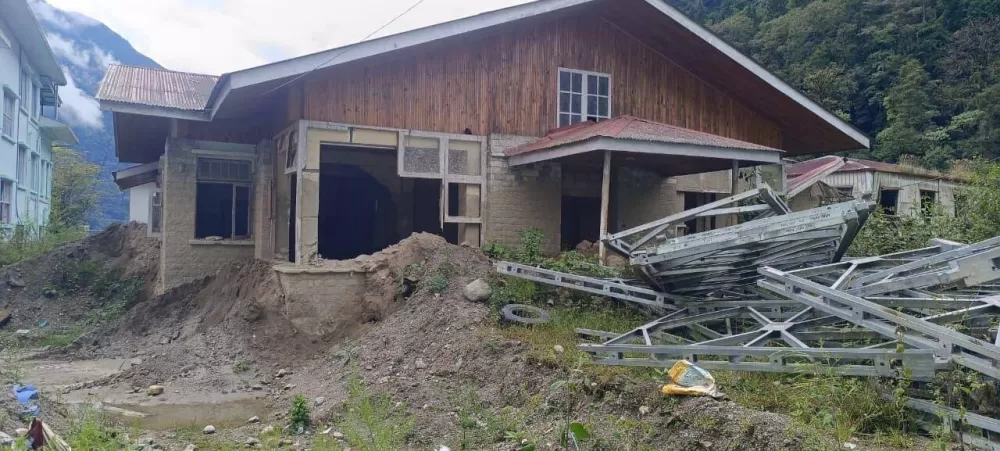Cumbum Valley's Unfolding Drama: How Urban Ambition Drowns Nature's Design
Share- Nishadil
- October 24, 2025
- 0 Comments
- 3 minutes read
- 21 Views

Ah, the Cumbum Valley – a place of such natural beauty, cradled by the majestic Western Ghats in Tamil Nadu. For generations, its lush landscape has thrived, fed by countless streams cascading down from peaks like Megamalai and Thekkady, ultimately flowing into the Vaigai river system. It's a picturesque scene, truly, but lately, a far more unsettling picture has begun to emerge.
Because, you see, the valley is in trouble.
When those very hills, particularly the Megamalai and Thekkady ranges, receive their annual deluge, the water, as it always has, rushes downhill. But here’s the rub: what once flowed freely through a finely tuned, natural drainage network – diverted gracefully into a web of irrigation tanks, or “kanmois” as they’re known – now meets with an unexpected, and frankly, dangerous resistance.
It’s not just the rain, not anymore; it’s us.
For decades, a relentless wave of urbanisation, particularly in bustling towns like Cumbum and Uthamapalayam, has swept across the valley floor. And honestly, it hasn't been a kind wave. We’ve built, yes, but often without much thought for the intricate dance of water that sustained this region for centuries.
Those ancient, vital drainage channels? Many have been narrowed, concreted over, or, perhaps most egregiously, repurposed as mere sewage lines. Imagine that – turning nature's arteries into urban veins for waste.
It’s a classic tale, isn’t it? The Cumbum-Gudalur Highway itself, a crucial artery for human movement, was laid right upon a significant natural watercourse.
And while infrastructure is vital, obstructing a major drainage path like that, well, it’s bound to have consequences. When the skies open up, as they’re prone to do in these parts, the water has nowhere to go. It backs up, it overflows, and suddenly, what was once a natural flow becomes a devastating, man-made flood.
The impact is heartbreaking.
Agricultural lands, the very soul of this valley, are routinely submerged, destroying crops and livelihoods. Residential areas, too, find themselves under water, forcing families from their homes. It’s a heavy price to pay for what, essentially, is a lack of foresight, a sort of collective oversight, if you will, in our push for progress.
So, what’s the answer? Well, it seems pretty clear, at least to anyone looking closely: a comprehensive, truly scientific hydrological study of the entire valley is desperately needed.
We can’t keep building blind. We need to understand the water’s ancient paths, respect them, and then, only then, plan our urban growth around them. For once, perhaps, let's learn to work with nature, not against it. Because the Cumbum Valley, in truth, is crying out for a different kind of progress – one that remembers its roots, its rivers, and its rain.
.Disclaimer: This article was generated in part using artificial intelligence and may contain errors or omissions. The content is provided for informational purposes only and does not constitute professional advice. We makes no representations or warranties regarding its accuracy, completeness, or reliability. Readers are advised to verify the information independently before relying on







